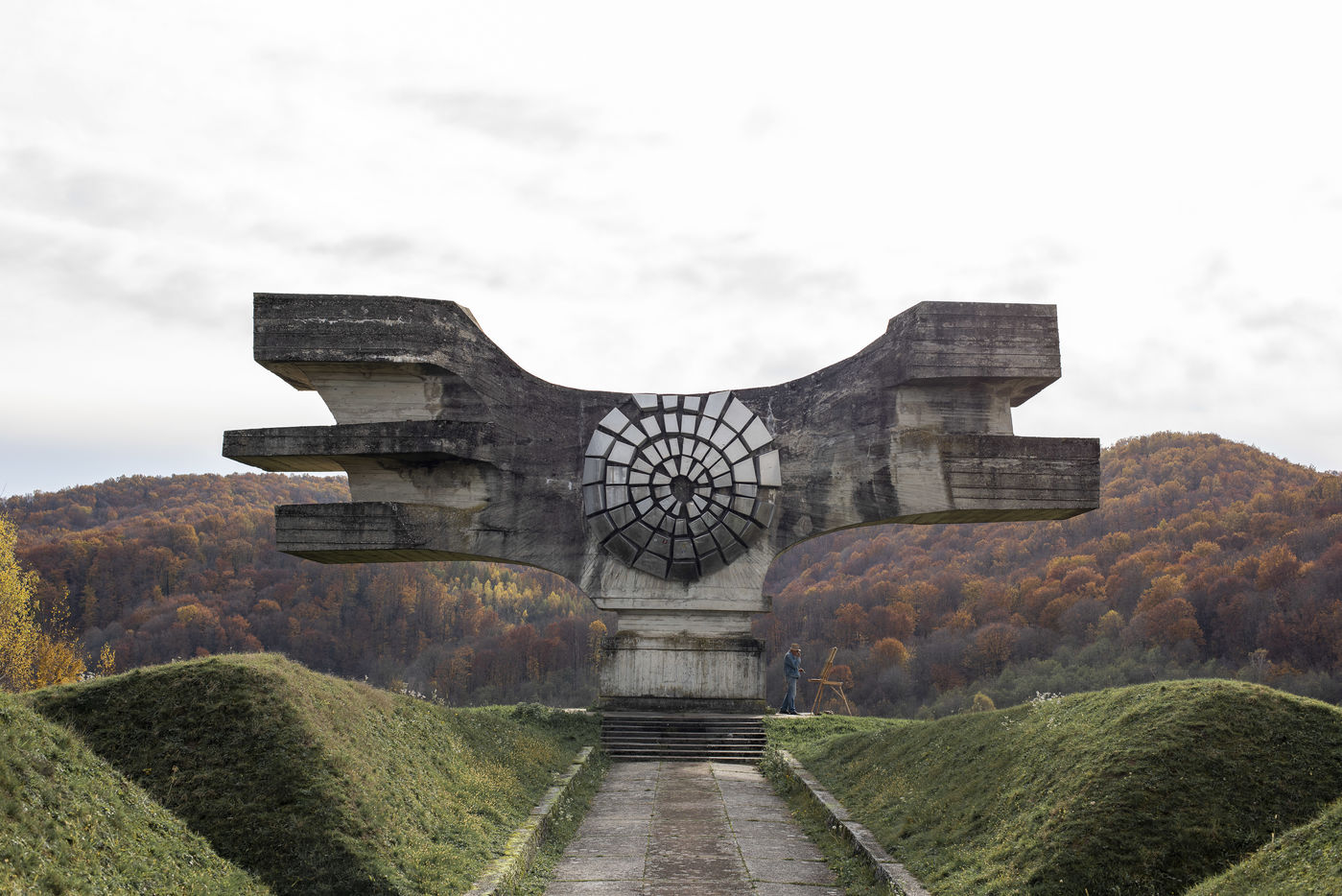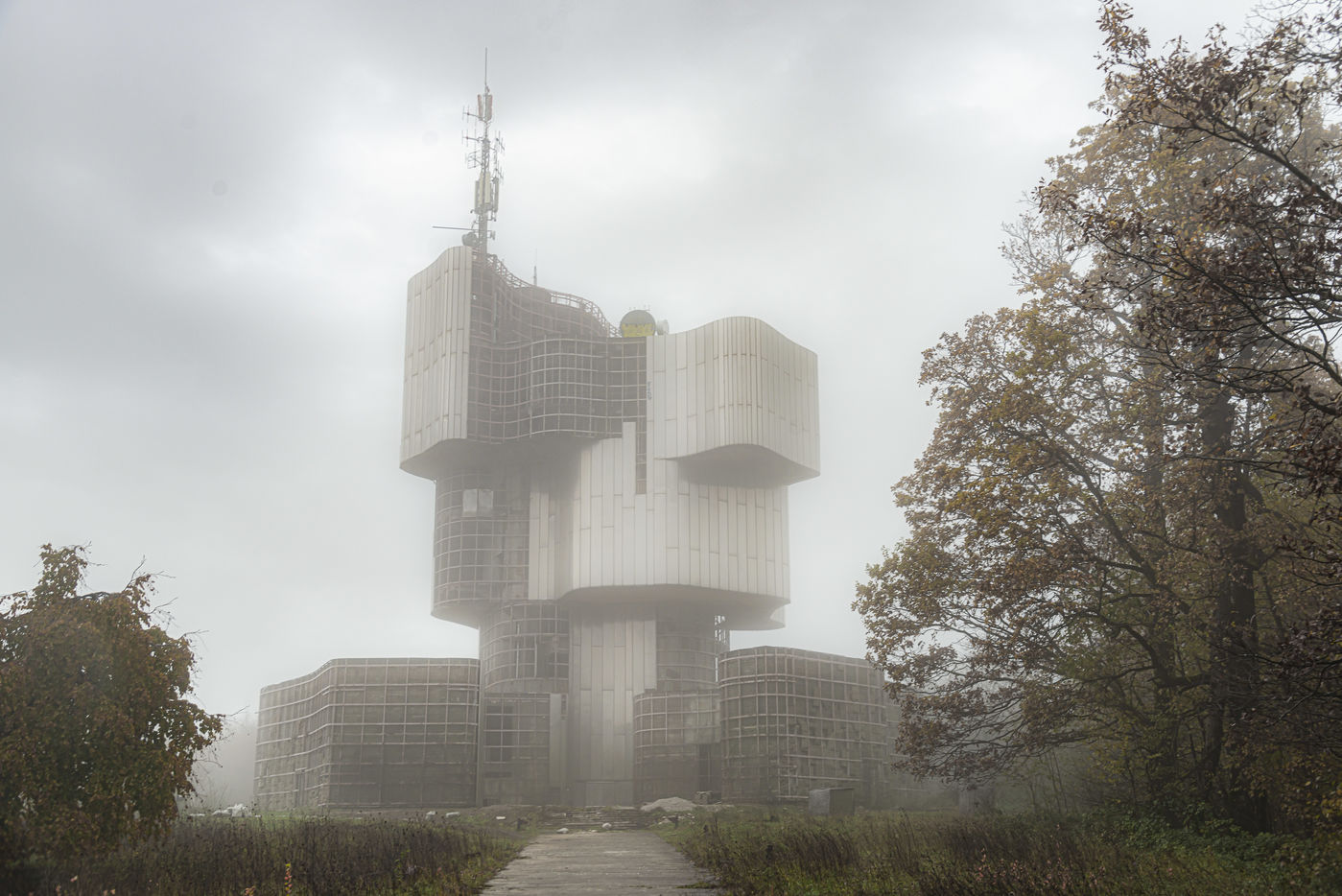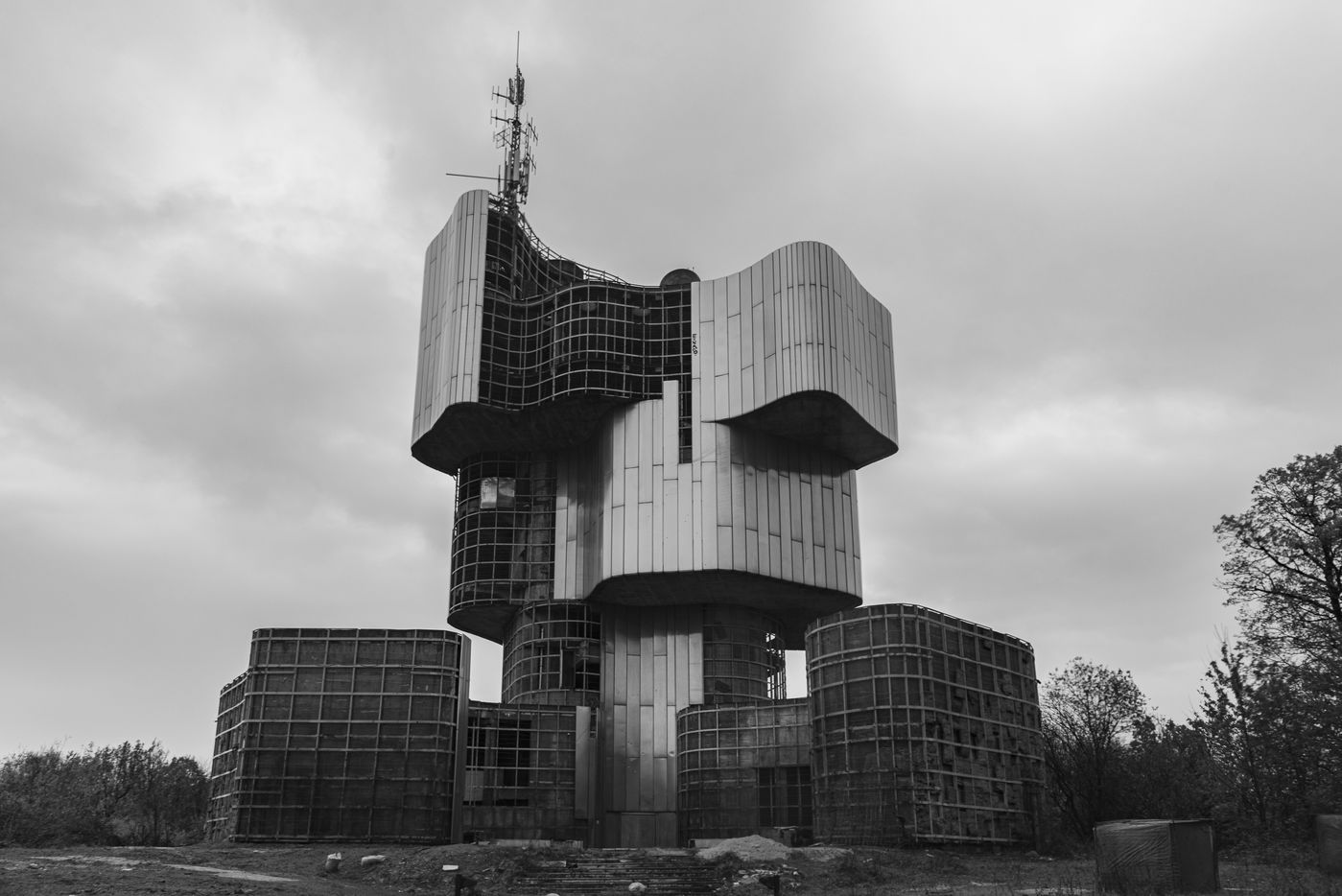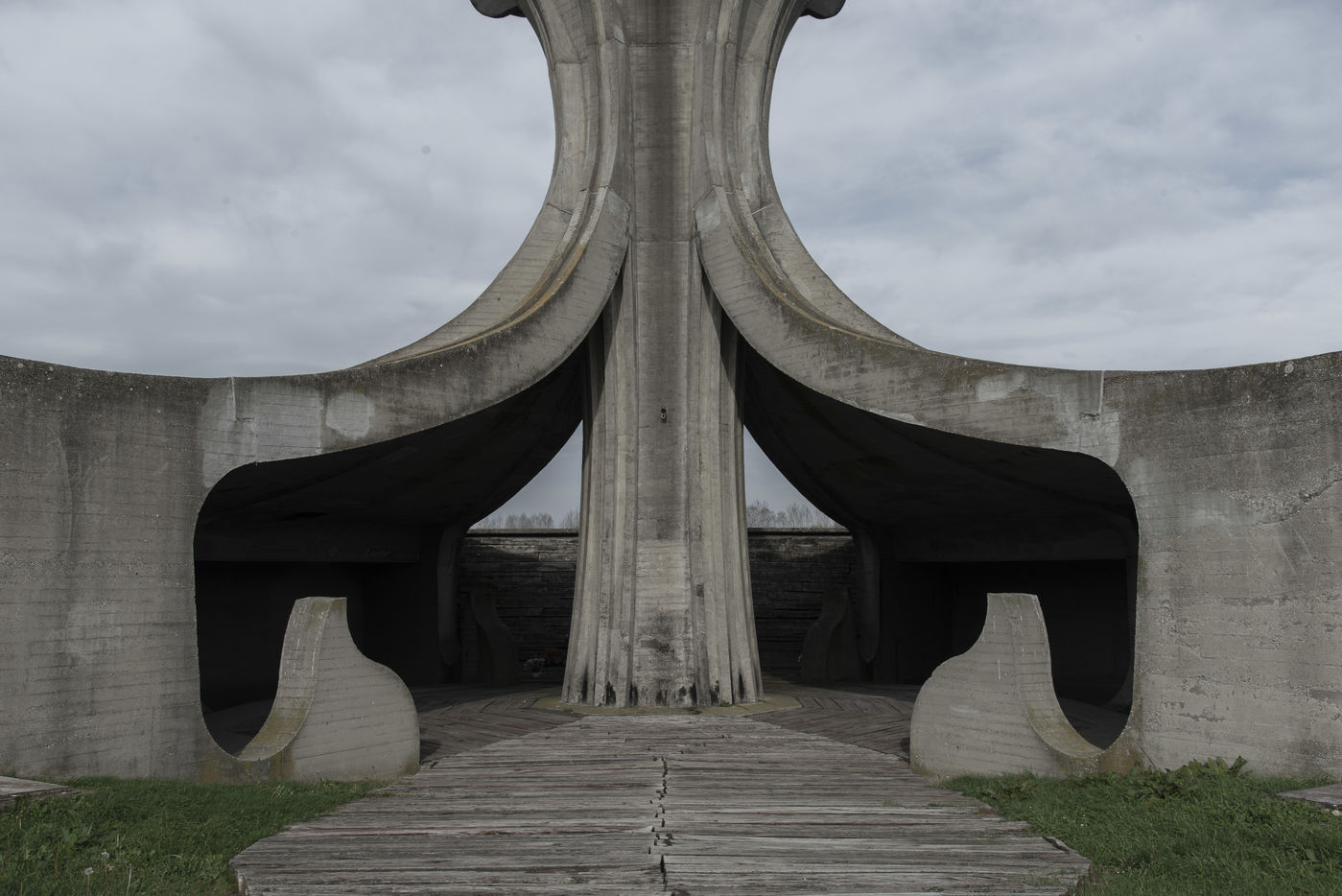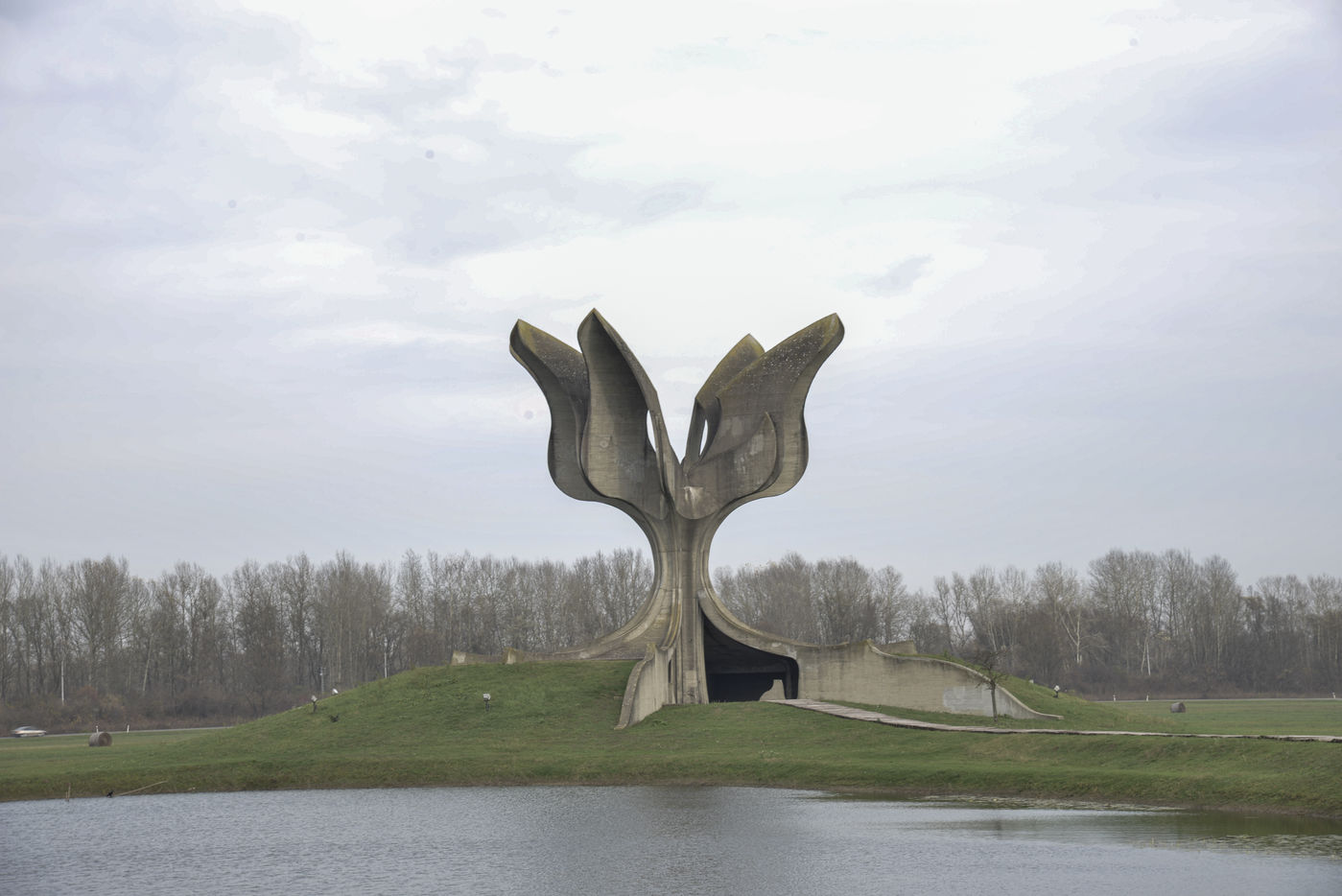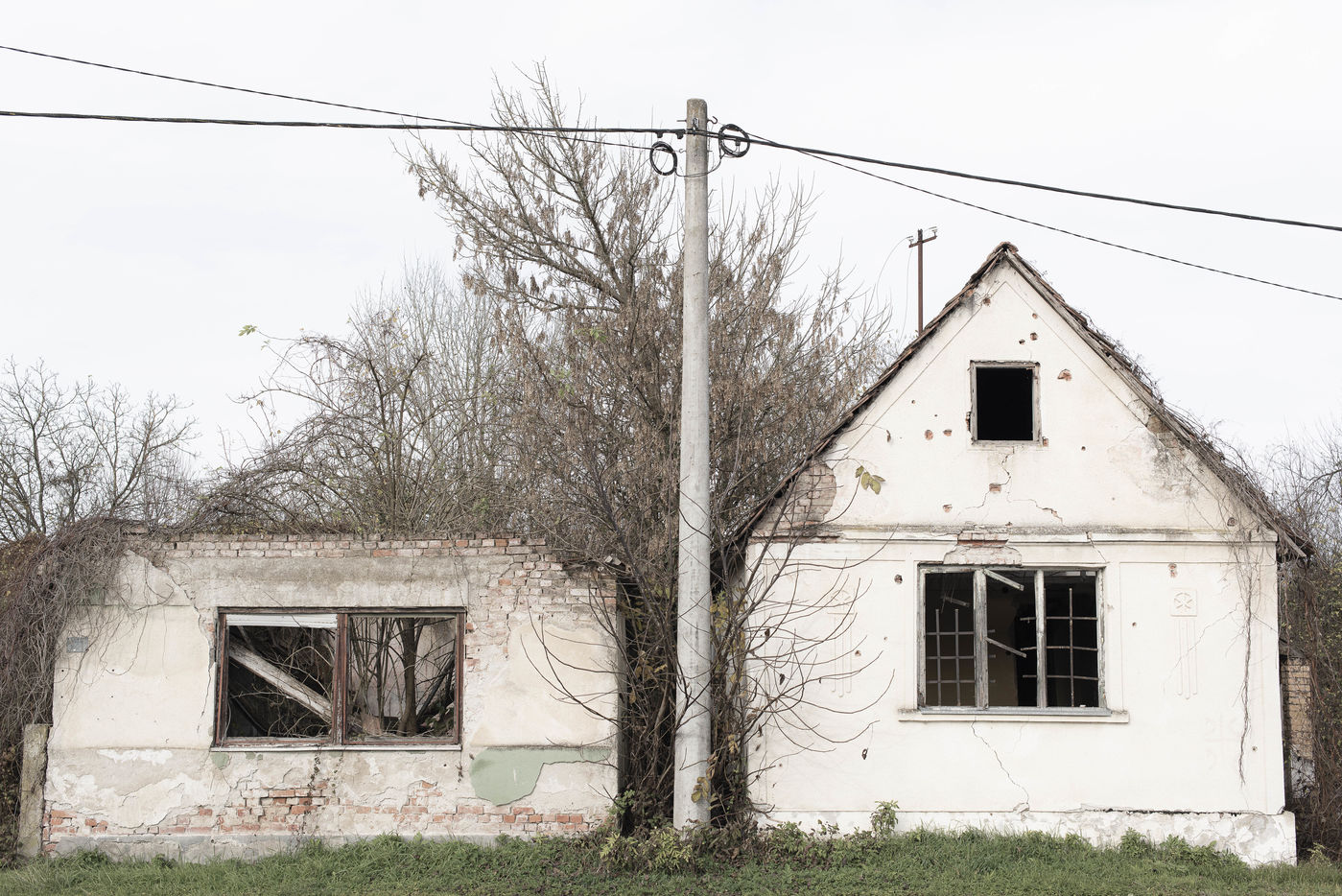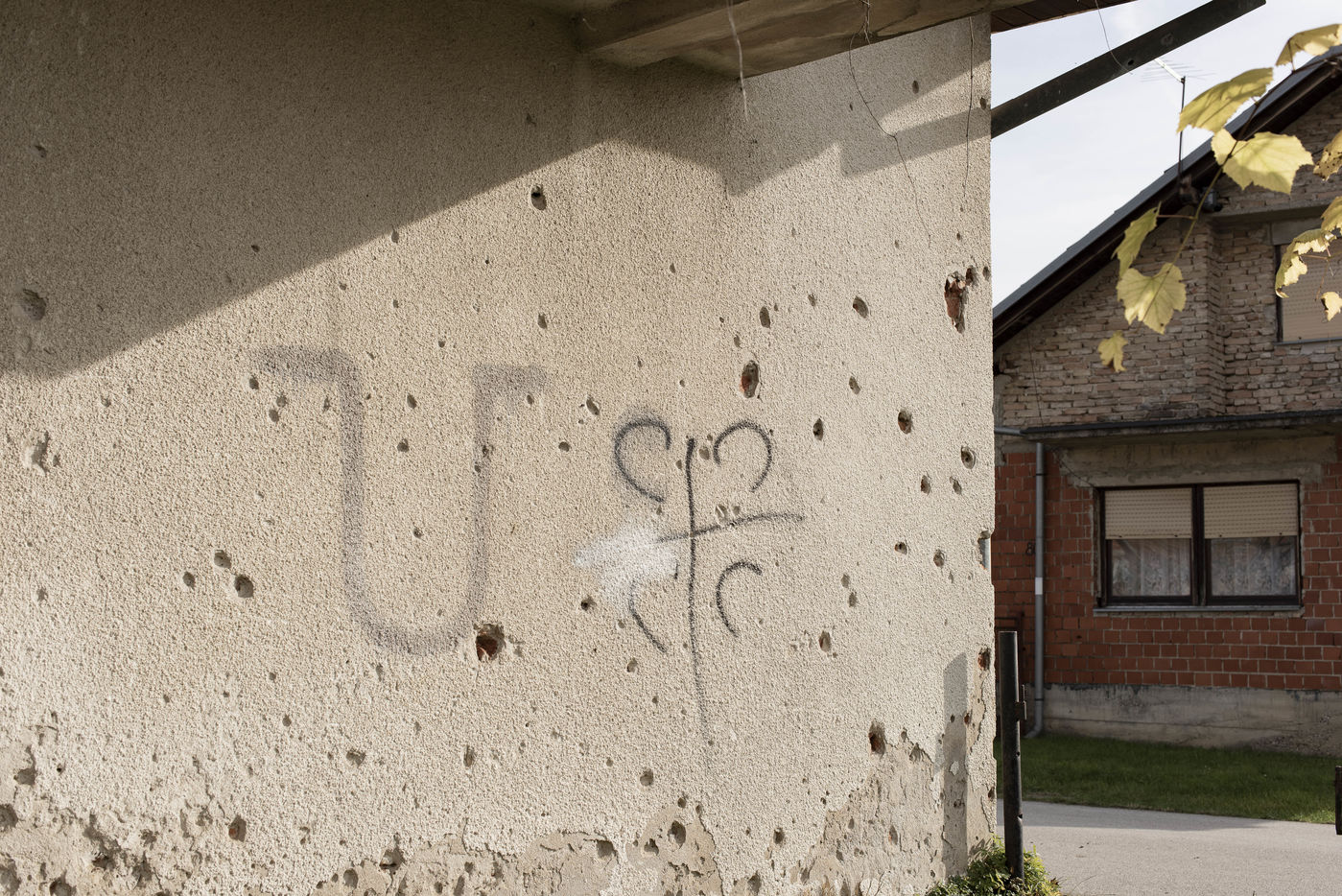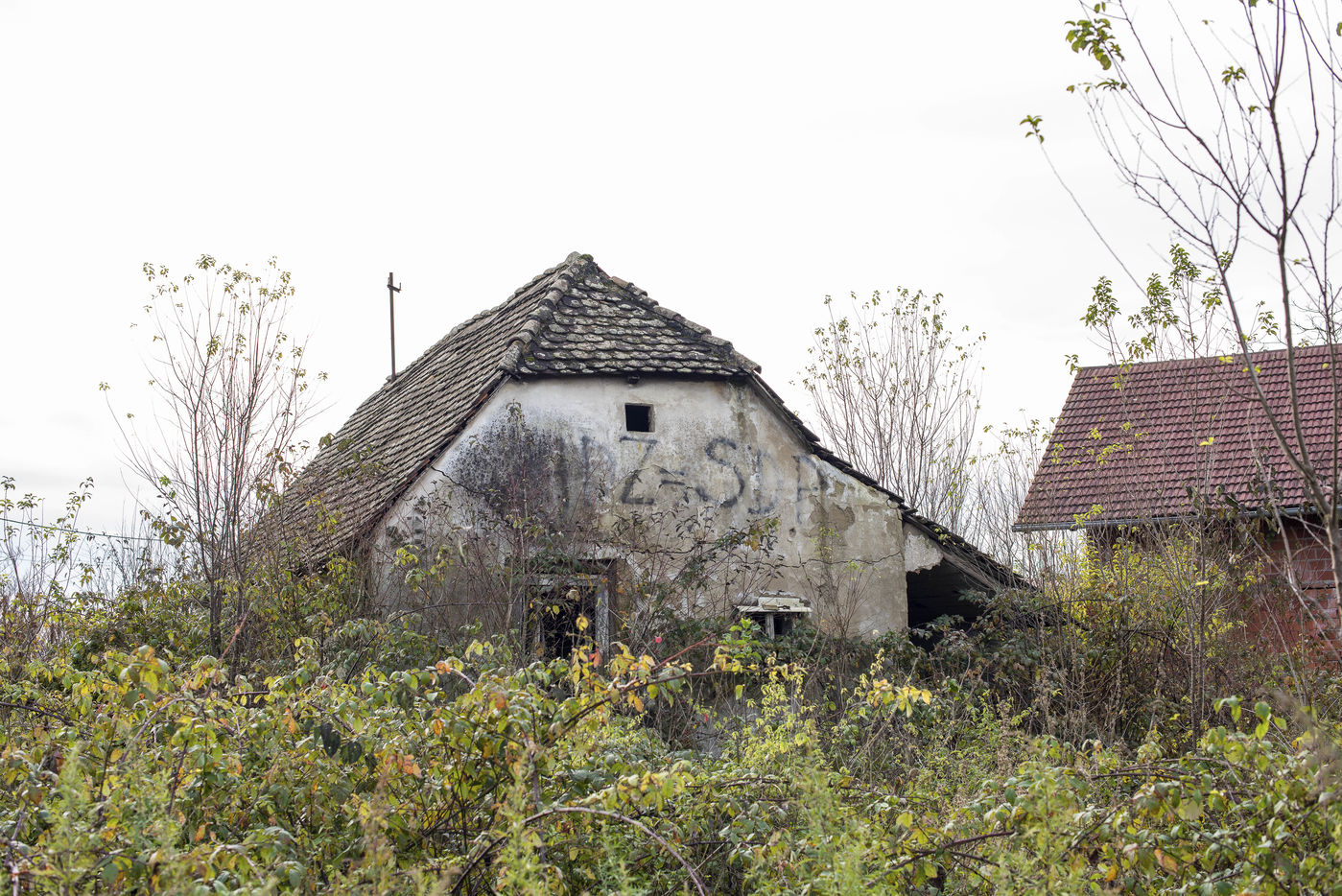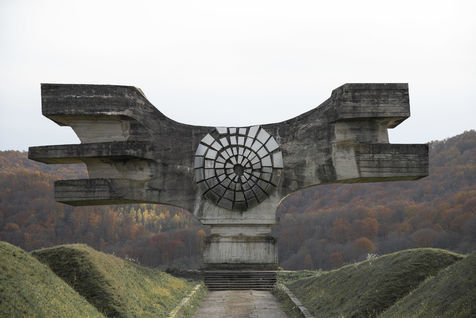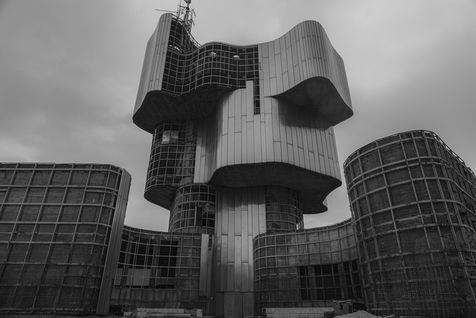Les Spomenici, monuments oubliés de l'ex-Yougoslavie
La plupart de ces monuments, à l'architecture brutaliste, célébraient la guerre patriotique des troupes yougoslaves contre l'envahisseur nazi. Ils attisent aujourd'hui un intérêt croissant.
Cet intérêt est catalysé par plusieurs facteurs.
Tout d'abord, du point de vue architectural et esthétique, les Spomenici sont d'une incontestable originalité. Ils ne correspondent pas aux critères occidentaux ou orientaux, et ils se distinguent de l'architecture totalitaire et nationaliste de l'ex-bloc de l'Est, illustrant ainsi ce que fut la Yougoslavie titiste : un «objet» à part dans le monde communiste, mais aussi dans son rôle d'État leader des non-alignés.
D'autre part, certains de ces monuments sont aujourd'hui à l'abandon, nichés au coeur de villages dépeuplés ou perdus dans les forêts, alors que d'autres sont encore objets de célébrations patriotiques. Les premiers dégagent une poésie singulière et la personne qui les voit, les touche ou y pénètre, accède symboliquement au statut d'initiée : elle est le témoin de l'histoire en train de fondre sous ses yeux.
Les Spomenici entretenus dégagent quant à eux une puissance et une énergie «païenne» que l'on ne trouve nulle part ailleurs.
Enfin, il est important de savoir que ces monuments sont aujourd'hui l'enjeu d'une compétition mémorielle, exacerbée par le désordre politique, social et culturel issu de la dislocation de l'ex-Yougoslavie.
Selon que vous soyez croate, bosnien·ne, bosniaque, serbe ou encore slovène, il ne peut y avoir une lecture commune de ce qui doit être célébré. Une fois la guerre terminée, la paix a éclaté et il y a donc autant d'événements que de sujets de perception.
Il ne s'agit pas ici et maintenant de traiter un sujet historique mais de rendre compte partiellement de la fascination qu'exerce sur certain·es d'entre nous cette architecture à la fois totalitaire, alien, et qui fait objet d'une pop culture qui dépasse le cercle des adeptes de l'urbex.
The Spomenici, forgotten monuments of the former Yugoslavia
Most of these monuments, with their brutalist architecture, celebrated the patriotic war of the Yugoslav troops against the Nazi invader. Today they are attracting growing interest.
This interest is catalysed by several factors.
First of all, from an architectural and aesthetic point of view, the Spomenici are undeniably original. They do not correspond to Western or Eastern criteria, and they stand out from the totalitarian and nationalist architecture of the former Eastern bloc, thus illustrating what titist Yugoslavia was: an "object" apart in the communist world, but also in its role as the leading state of the non-aligned.
On the other hand, some of these monuments are now abandoned, nestled in the heart of depopulated villages or lost in the forests, while others are still the object of patriotic celebrations. The first of these monuments exude a singular poetry and the person who sees, touches or enters them symbolically becomes an insider: he or she is a witness to the history that is melting before his or her eyes.
The Spomenici that are maintained give off a "pagan" power and energy that cannot be found anywhere else.
Finally, it is important to know that these monuments are today the focus of a competition for memory, exacerbated by the political, social and cultural disorder resulting from the break-up of the former Yugoslavia.
Depending on whether you are Croatian, Bosnian, Bosnian Serb or Slovenian, there cannot be a common reading of what should be celebrated. Once the war is over, peace has broken out, so there are as many events as there are subjects of perception.
It is not a question here and now of dealing with a historical subject, but of giving a partial account of the fascination that this architecture, which is at once totalitarian and alien, exerts on some of us, and which is the object of a pop culture that goes beyond the circle of urbex adepts.

